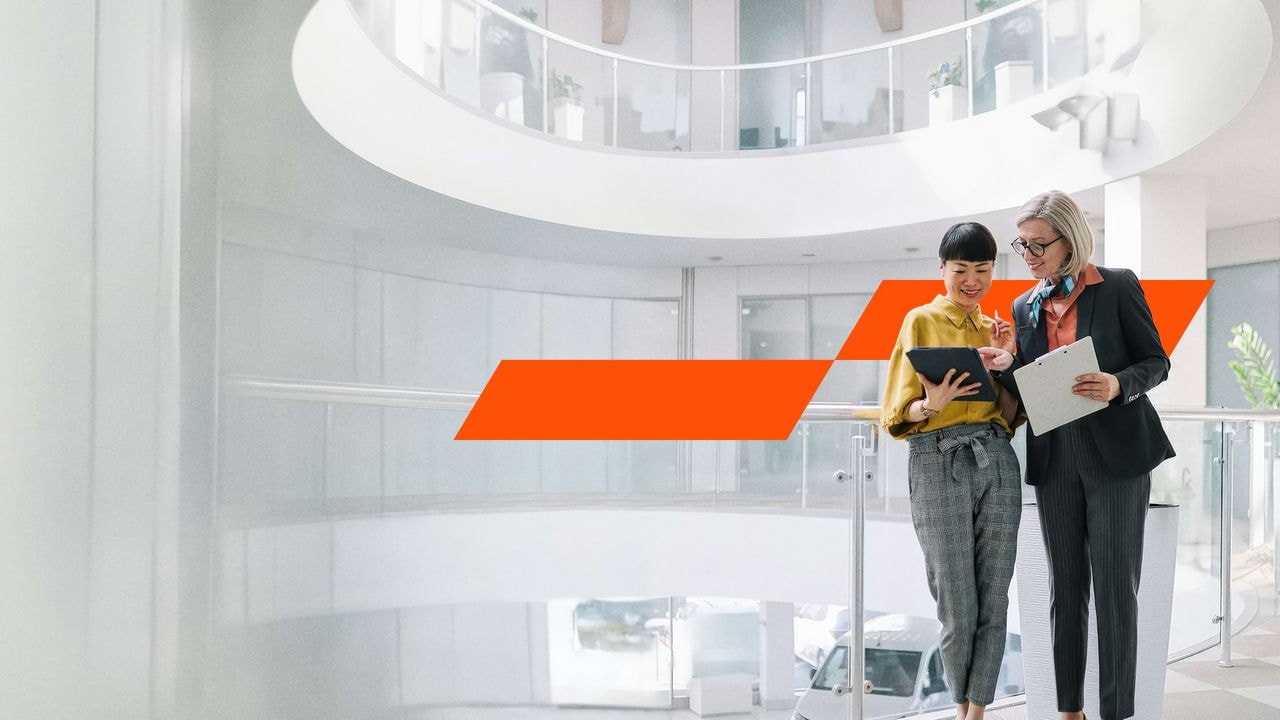Stay up-to-date with the latest developments. Solving important problems in our society
Media centre

Stay up-to-date on the latest news & developments
Subscribe now
Contact us

Stay up-to-date with the latest developments. Solving important problems in our society

